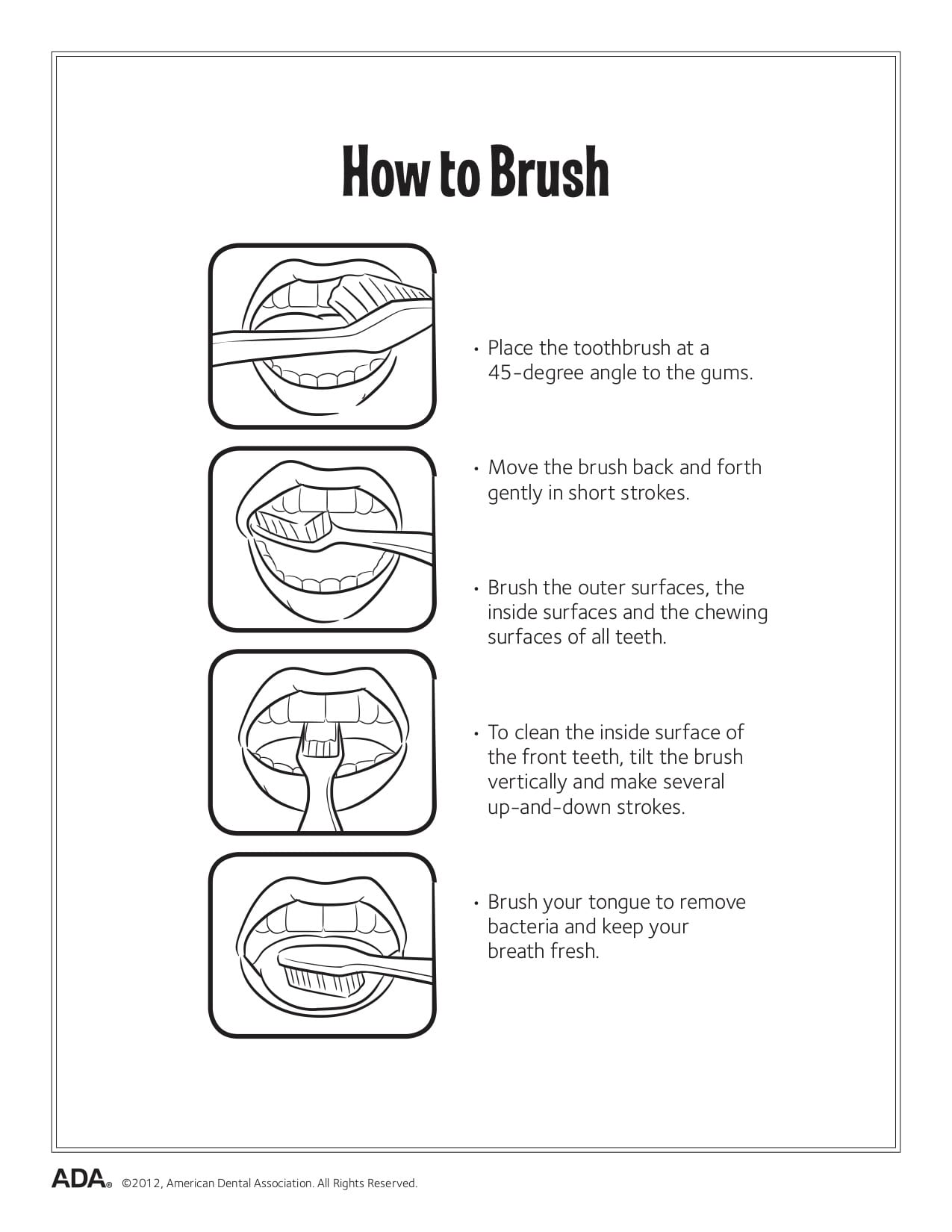What Is the Proper Way to Brush Your Teeth?
We are all taught the importance of brushing our teeth from a young age. We know that proper at-home oral care is essential to the maintenance of our teeth and oral health, and at-home care starts with brushing your teeth at least twice a day. Although brushing seems self-explanatory and something that you can’t get wrong, this is not always the case. Surprisingly, many adults are not only brushing wrong but doing additional damage to their teeth. Here are the steps you should take to make the most of your brushing habits.
1. Choose the Right Toothbrush
At any store, you are offered different toothbrush options that, in theory, are meant to meet your specific needs. These include extra soft, soft, medium, and hard bristles. While there are many to choose from, everyone should stick to an extra soft or soft-bristled brush to maintain their oral health. Good brushes can be either manual or electric; the only requirement is that they have soft bristles. Brushes generally last between three and four months; however, they should be replaced sooner if you see that the bristles are fraying. In addition to proper brushing, you should also make sure that you are using a fluoride toothpaste that has been approved by the ADA (American Dental Association).
2. Stroke Length
Once you have the right brushing equipment, you can move on to the proper technique. You should always hold your brush at a 45-degree angle to the gums. Brush strokes should move in a back-and-forth motion in small strokes. It is more beneficial to the health of your mouth to focus on small, short strokes rather than long, extended strokes that stretch the length of the mouth. These strokes should move along the mouth so that every tooth, including the chewing surfaces, gets proper attention. To brush the backside of your teeth, tilt the brush vertically and make several short, vertical strokes.
3. Stroke Pressure
Just as you want to use a soft toothbrush to avoid putting too much pressure on the teeth, you also want to be sure that you are not brushing your teeth too hard. Brushing hard will not result in a deeper clean, but can damage the enamel. Instead, use gentle strokes that will not irritate or hurt the gums.
4. Remember the Tongue
Proper brushing practices not only include the teeth but the tongue, as well. Brushing your tongue will remove any bacteria so that your breath is kept fresh.
5. Repeat Every Day
Proper at-home maintenance involves brushing your teeth twice a day for two minutes, flossing once a day, and seeing your dentist regularly. While everyday brushing and flossing can keep the formation of plaque to a minimum, dental visits and cleanings are required to ensure that your mouth remains healthy.
To set up a visit with Dr. Salamati, contact our office at (310) 275-1090.

